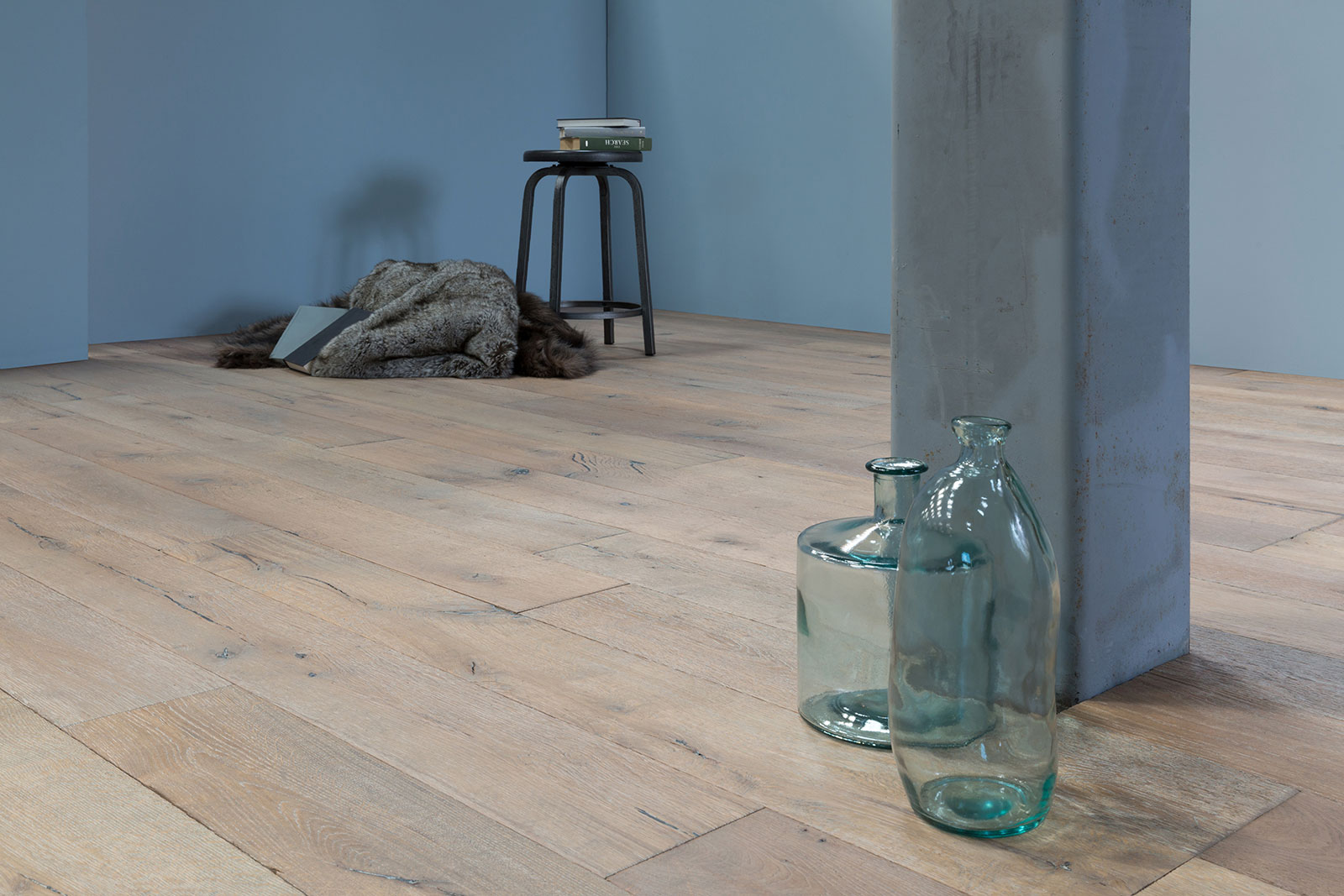Finishing the basement provides additional living space without the added cost of home additions. However, choosing the proper flooring for your basement renovation is essential. Floating wood floors provide a durable, comfortable, and attractive surface for any basement, and come in a wide range of colors, textures, and styles.
# 1 – Floating Wood Floors Provide Superior Comfort in Below-Grade Applications
In the past, carpet, tile, or vinyl were the go-to choices for below-grade living spaces. Today, floating wood floors offer a practical solution for basements. When installed over concrete subfloors with an appropriate vapor barrier, they eliminate concerns about moisture damage. With a quality underlayment, engineered wood flooring provides an upscale, warm, comfortable, and easy-to-clean option for your basement.
You can install floating wood flooring over a concrete subfloor, plywood, or even existing ceramic tile or vinyl. This versatility makes floating floors a budget-friendly and appealing choice for basements and other areas of your home.
A high-quality underlayment will add a softer feel to your basement floor while also dampening sound and insulating against cold. Consult your flooring retailer for recommendations on top-quality underlayment brands suitable for basement renovations, and pair them with a durable, attractive floating wood flooring line.
# 2 – Floating Floors Handle Humidity Changes With Ease
Whether you opt for traditional glued floating wood floors or modern click-lock styles, the design of this flooring allows for changes in relative humidity. As the seasons change humidity in your home will rise and fall, creating expansion and contraction in porous building materials such as wood, paper, and other organics.
Traditional hardwood flooring can develop gaps or cupping when exposed to moisture. Floating styles are attached (with click or glue for tongue and groove designs) to create a single unit that expands or contracts together, avoiding cracks, cupping, and gaps. Your flooring installer will leave an expansion gap around the edges of the room to allow for this movement, covering it with base trim for a seamless look.
# 3 – Floating Engineered Flooring is Easy to Install
DIY enthusiasts will find a wide range of floating wood floors designed for quick installation. Be sure to carefully read and follow the manufacturer’s instructions and have the right tools on hand. Most engineered wood floors can be installed in a single day, depending on the size of the room.
Floating wood floors are also a smart choice for professional installers. Their ease of installation makes them a cost-effective option compared to other flooring styles, though it’s important to hire an experienced installer for the best results. Complete your basement remodeling project with a comfortable, attractive, and affordable flooring solution that’s built to last.
Floating wood floors provide exceptional comfort, especially when combined with high-quality underlayment. This type of flooring resists cupping and naturally expands and contracts, making it ideal for any level of your home. Floating floors are also perfect for DIY enthusiasts and tend to be more affordable when hiring professional installers.
Enjoy these benefits and more by choosing quality engineered flooring for your finished basement!

